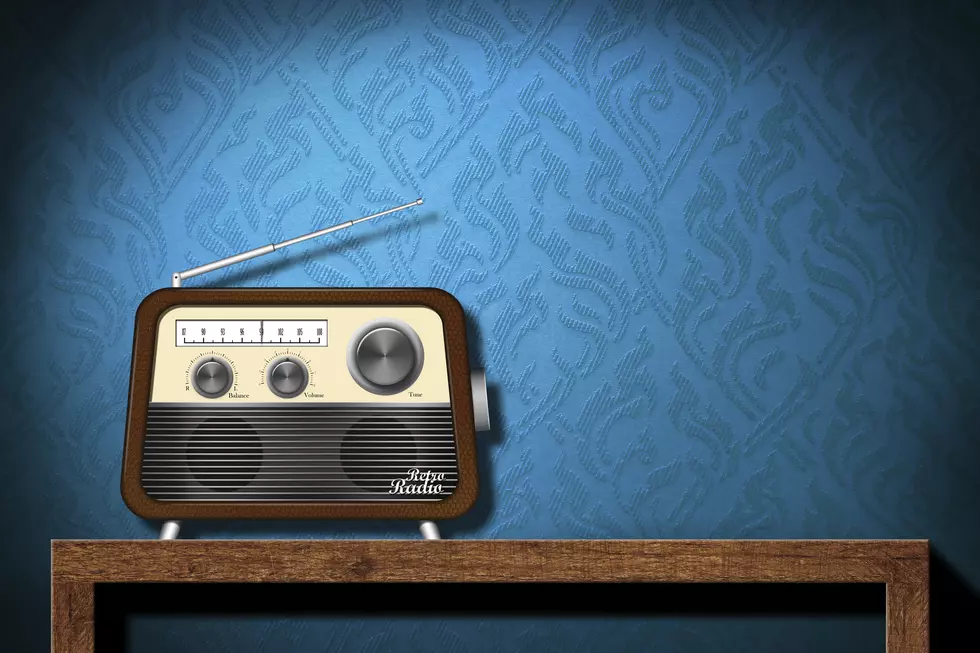
Last year, NJ spent $20M to re-stripe roads
The striping on most Jersey highways is good -- but once in a while the lines are faded, and vehicles have trouble staying in their lanes.
According to Steve Schapiro, the deputy director of communications for the New Jersey Department of Transportation, DOT crews are constantly traveling around the state, and monitor all kinds of conditions of the roads -- including the condition of the strips.
The DOT “re-stripes about a third of our roadways each year, so basically every three years we’re re-striping roadways," he said. "We’re always out there re-striping.”
He said if lines get worn out more quickly they will be re-striped sooner.
“For example, crosswalks that are in high traffic areas like the shore region may get worn out a little more quickly than every three years, and if that’s the case we might go back and re-do those," Schapiro said.
He said re-striping all of those road lines isn’t cheap.
“Last year we spent about $20 million for re-striping. The vast majority of that, $17 million, comes from federal funds," Schapiro said.
Schapiro said the paint that’s used is a specialized, reflecting mixture, designed to not wear out quickly from traffic driving over it.
The DOT stripes interstate and state highways. Local roads are up to counties and municipalities.
Schapiro said if you notice a section of road striping is worn out and needs to be re-painted you can report it by calling a familiar number: “That same 1-800-POTHOLE number, or on our website there’s a pothole reporting link that can be used for any maintenance.”
He added if you see lines that need to be repainted and it’s not done right away, there’s a good reason why.
“Re-striping is weather dependent. It can only be done when the roads are dry of course, and also when the road temperatures are warm enough," he said.
You can contact reporter David Matthau at David.Matthau@townsquaremedia.com
More from New Jersey 101.5:
More From New Jersey 101.5 FM









